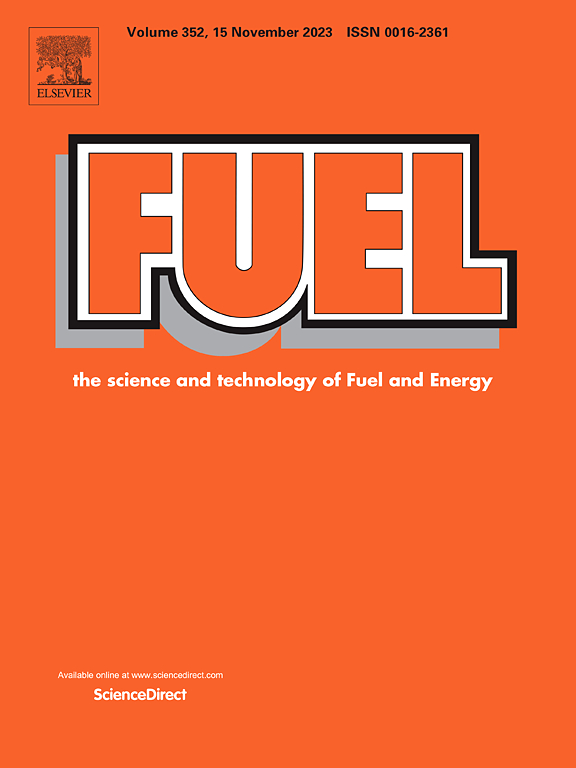Mechanical property weakening mechanisms and ensemble assessment during coalbed carbon sequestration
IF 6.7
1区 工程技术
Q2 ENERGY & FUELS
引用次数: 0
Abstract
Carbon sequestration in deep, unexploitable coal seams is an effective method for carbon emission reduction. However, the impact of CO2 on coal’s mechanical properties is critical for the stability of coal bed carbon sequestration. This study examines the effects of moisture content, saturation medium, saturation pressure, and saturation time on the mechanical properties of coal through saturation experiments. The mechanisms by which the coal matrix is weakened by CO2 and water are revealed. Furthermore, to assess the impact of high-dimensional factors on mechanical properties, an ensemble perturbation model (EP-SVR) is developed to evaluate the mechanical properties of coal after carbon sequestration. The study also investigates the impact of iterations and perturbation level on the performance of EP-SVR. The model systematically evaluated the effects of eight factors, including coal rank, sample size, moisture content, saturation medium, saturation time, saturation pressure, saturation temperature, and test loading rate, on the mechanical performance. The results indicate that CO2 saturation in multiple phases weakens the mechanical properties of coal. The weakening mechanisms include the expansion of the coal matrix, erosion of organic and mineral components, an increase in porosity, and the formation of micro-cracks. This model can adaptively assess the changes in the mechanical properties of CO2-saturated coal at different stages. Compared with other models, the EP-SVR has the advantage of higher tolerance to adversarial data by dynamically training a new adaptive decision function through an iterative process, thus enhancing the model’s robustness to diverse data. This study provides insights into the safety prediction of coal carbon sequestration.
求助全文
约1分钟内获得全文
求助全文
来源期刊

Fuel
工程技术-工程:化工
CiteScore
12.80
自引率
20.30%
发文量
3506
审稿时长
64 days
期刊介绍:
The exploration of energy sources remains a critical matter of study. For the past nine decades, fuel has consistently held the forefront in primary research efforts within the field of energy science. This area of investigation encompasses a wide range of subjects, with a particular emphasis on emerging concerns like environmental factors and pollution.
 求助内容:
求助内容: 应助结果提醒方式:
应助结果提醒方式:


